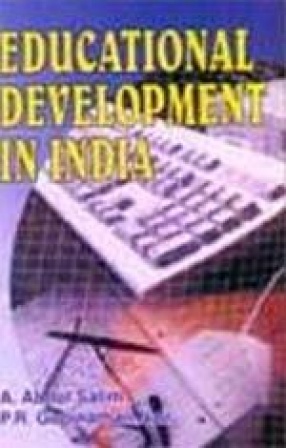India has witnessed phenomenal growth of higher education during the period since independence. This growth has led to an ever-growing resource drain from the government exchequer and private funds. The government finds it difficult to divert more of its revenue resources for education, particularly higher education. The burden on the government is heavy since the receipts from the higher education sector, from tuition and other fees, are extremely low and remain virtually unchanged. Government is also undertaking huge burden by other subsidies like freeships, scholarships, etc. At the same time, it is doubtful whether the large extent of public subsidies as being given to higher education really serves the purpose of reducing inequality of opportunity in education and thereby reducing socio-economic disparities. In order to bring about any systematic changes in the policies of reservation, subsidies and pricing of higher education, it is essential, as a first step, to gain insights into the cost structure (governmental and parental costs) estimate the extent of subsidisation by government and analyse the socio-economic status of the students. This book makes an attempt in this direction on the basis of a case study of Kerala.

The Cost of Higher Education in India
In stock
Free & Quick Delivery Worldwide
reviews
Bibliographic information
Title
The Cost of Higher Education in India
Author
Edition
1st ed.
Publisher
ISBN
8174886818
Length
ix+156p., Tables; Figs.
Subjects





There are no reviews yet.